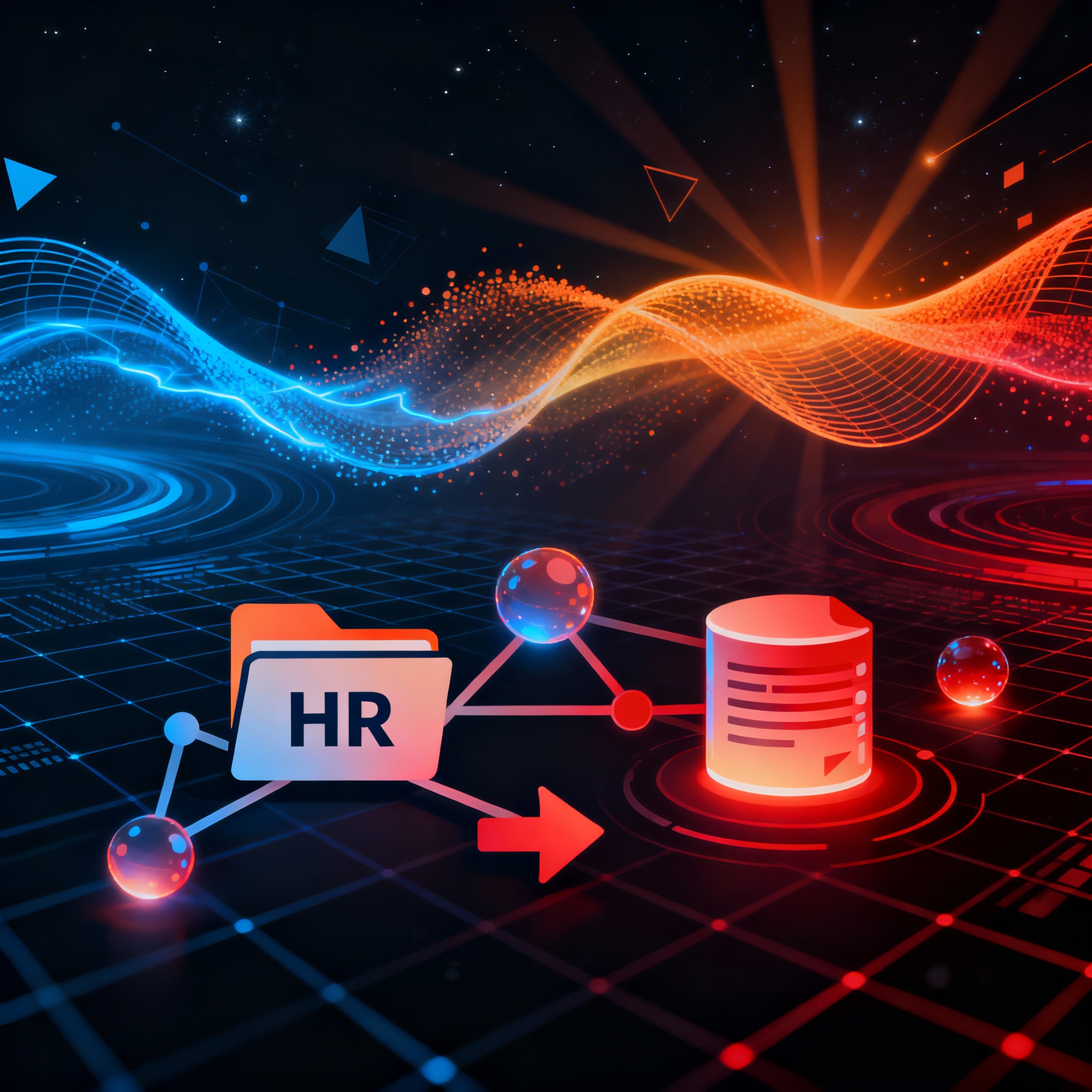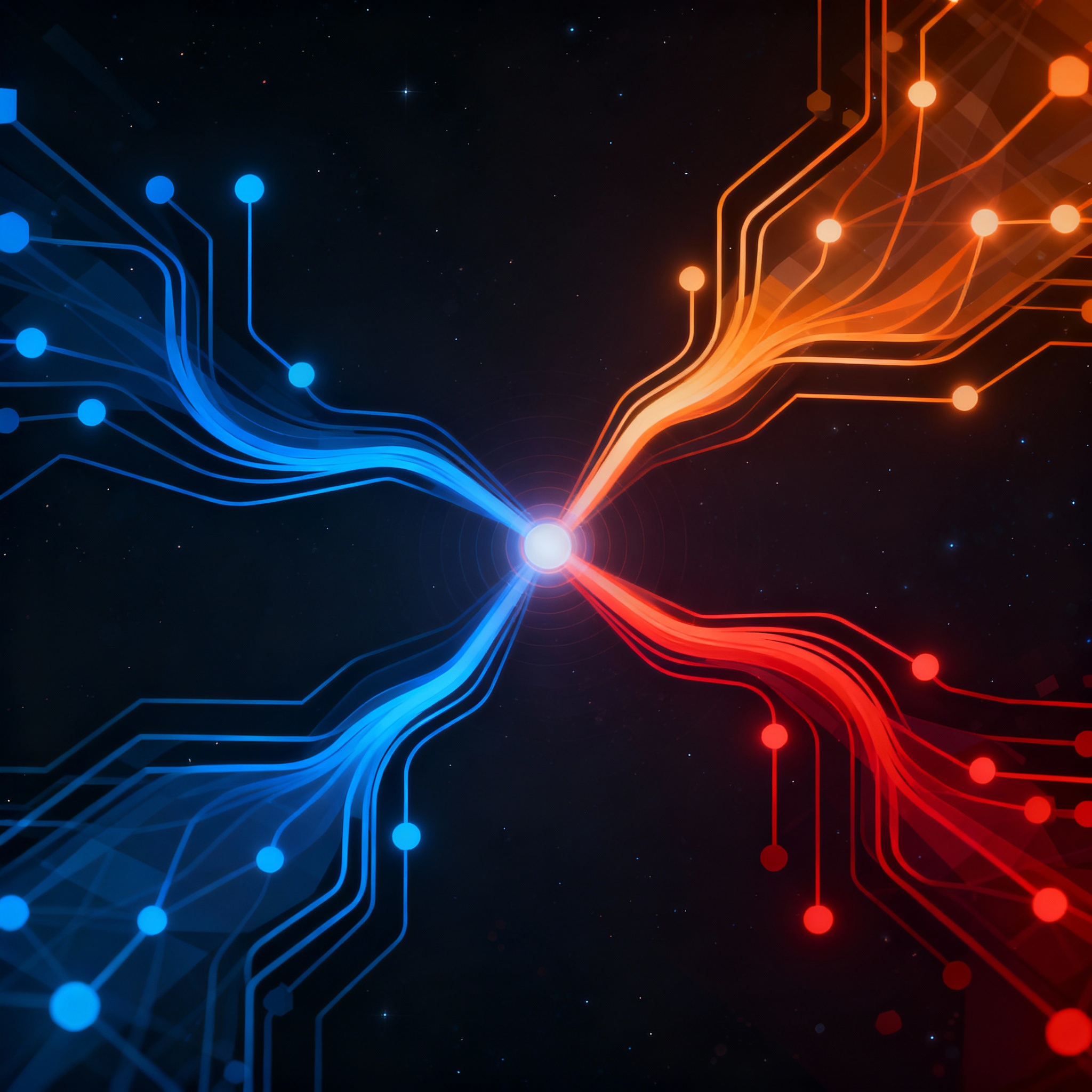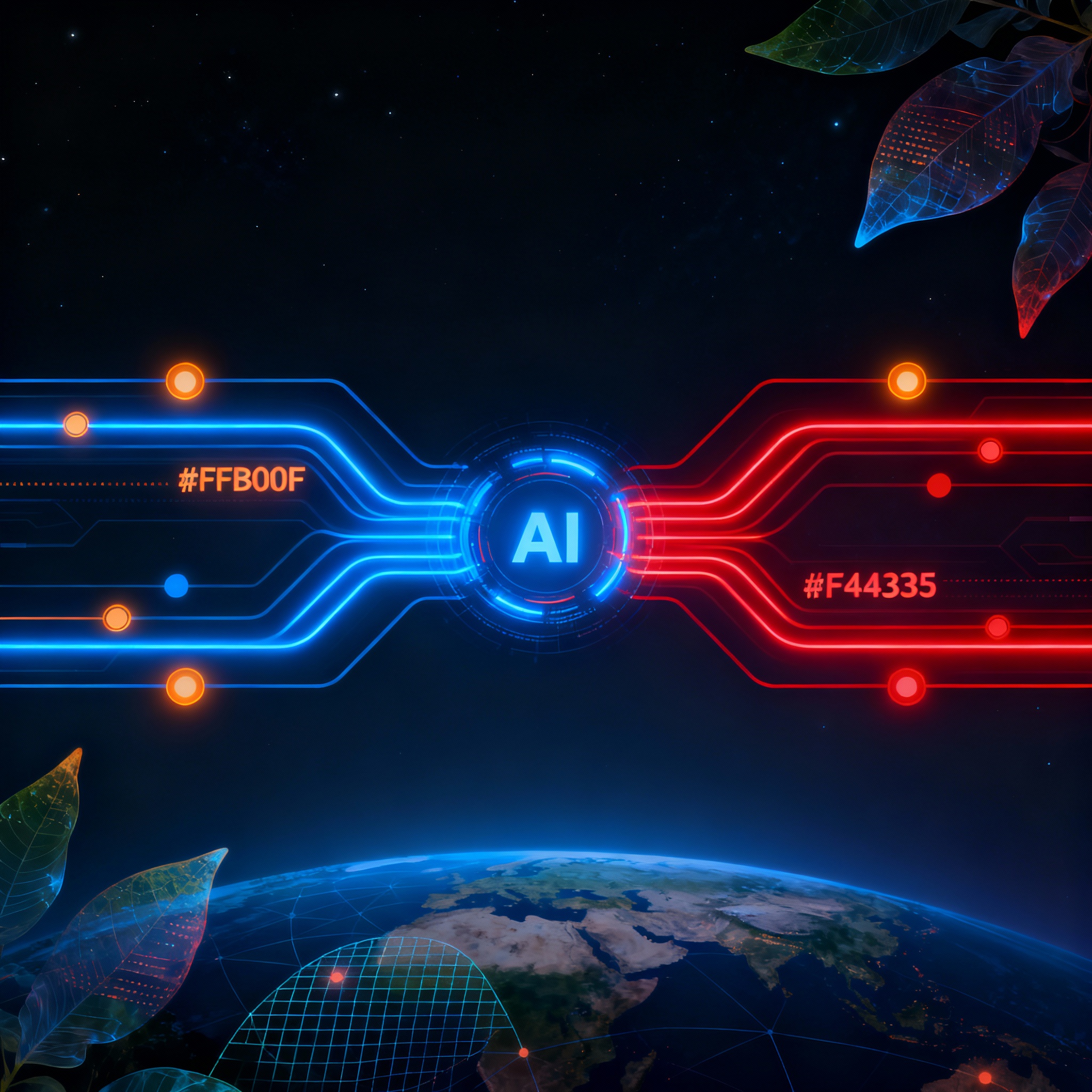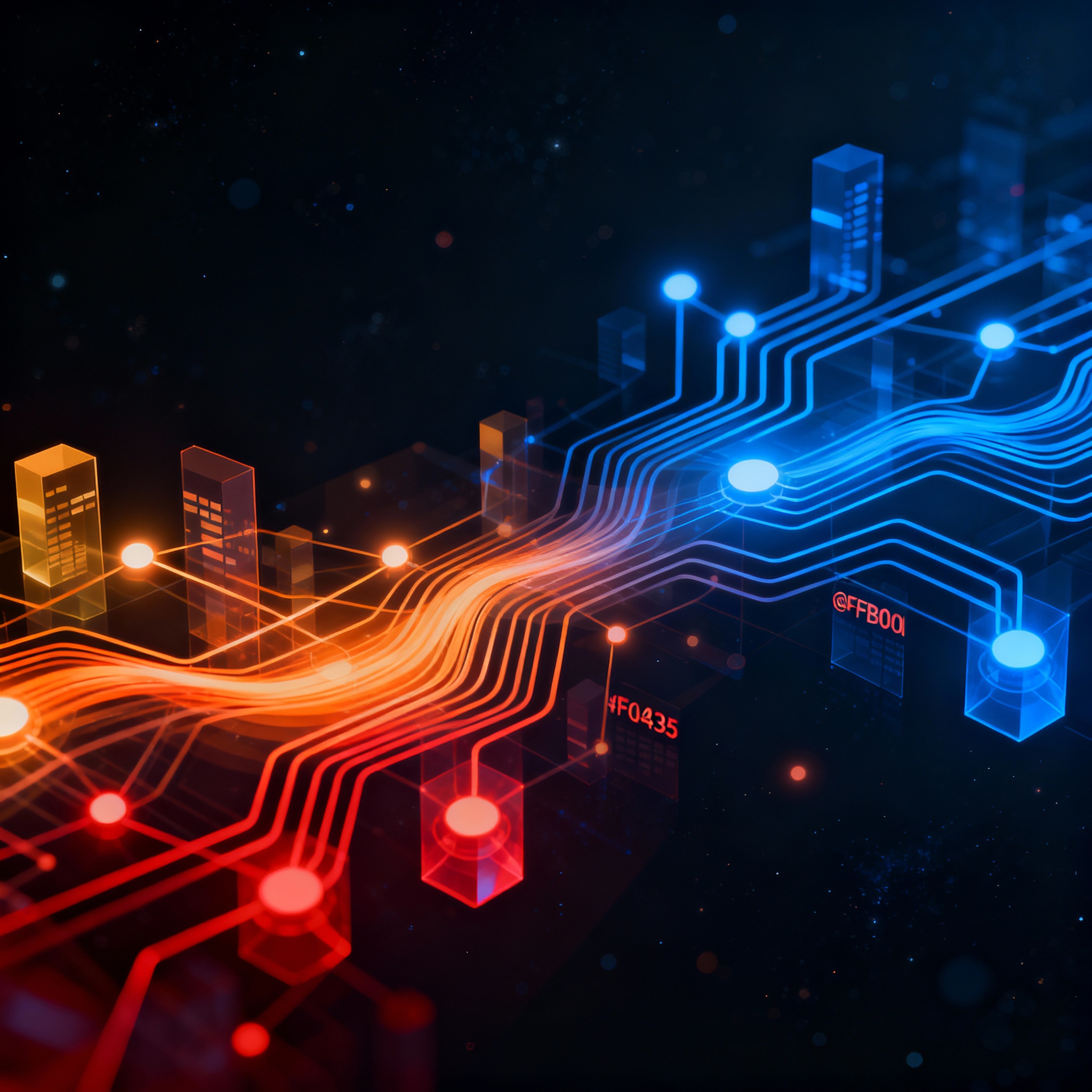
The HR Knowledge Management Challenge RAG Was Built to Solve
The HR Knowledge Management Challenge RAG Was Built to Solve
Imagine an HR department overwhelmed by employee inquiries about benefits, policies, and compliance rules. A new hire emails about vacation accruals, while a manager searches for the latest diversity training guidelines—both met with delays because the information is buried in disparate documents and outdated intranets. This scenario plays out daily in organizations worldwide, highlighting a persistent challenge: effectively managing and accessing HR knowledge.
Retrieval-Augmented Generation (RAG) emerges as a precise tool to tackle this issue. By integrating retrieval mechanisms with generative AI, RAG ensures that responses are not only accurate but also grounded in the most relevant data. In this post, we'll explore the core problems in HR knowledge management, how RAG provides a solution, and practical steps for implementation, drawing on recent research and real-world applications.
Understanding the HR Knowledge Management Dilemma
HR knowledge management involves organizing, storing, and retrieving information related to employee relations, compliance, training, and more. The volume of data is staggering—think policy manuals, legal updates, performance reviews, and benefits details. According to estimates from industry analyses, HR professionals spend up to 40% of their time searching for information, which reduces productivity and increases errors.
One major hurdle is information silos. Data often resides in multiple systems: HRIS platforms, email archives, shared drives, and even physical files. Employees end up frustrated when self-service portals fail to deliver quick answers, leading to higher turnover and lower satisfaction. Additionally, the dynamic nature of HR— with frequent regulatory changes—means knowledge bases can quickly become obsolete.
This is where AI steps in, but not just any AI. Traditional chatbots might generate responses based on pre-trained models, but they risk hallucinating inaccurate information. RAG addresses this by first retrieving pertinent documents and then generating responses based on that retrieved context, ensuring reliability.
How RAG Works in HR Contexts
At its core, RAG combines two key components: a retrieval system that pulls relevant information from a knowledge base, and a generative model that crafts natural-language responses. For HR, this means querying a vector database of indexed HR documents to fetch the most applicable policies or guidelines before generating an answer.
Consider a practical example: An employee asks, "What are the maternity leave options in my state?" A RAG-powered system would retrieve the latest state-specific regulations and company policies from verified sources like this ILO working paper on AI in human resource management, then generate a personalized summary. This not only saves time but also ensures compliance with up-to-date information.
Research supports RAG's efficacy here. A study on Retrieval-Augmented Generation highlights how it enhances accuracy in knowledge-intensive domains by reducing reliance on static training data. In HR, this translates to fewer mistakes in advising on sensitive topics like labor laws or employee rights.
Moreover, advanced variants like GraphRAG take it further by incorporating graph structures for better context understanding. This paper on Retrieval-Augmented Generation with Graphs explains how graphs can model relationships between HR concepts—such as linking performance metrics to promotion criteria—leading to more nuanced responses.
Benefits of Implementing RAG for HR Knowledge Management
Adopting RAG brings tangible advantages to HR teams and employees alike. First, it boosts efficiency. Instead of manual searches, RAG enables instant access to information, potentially cutting response times by 50% or more. Employees get self-service tools that feel intuitive, like a chatbot that understands natural language queries.
Second, RAG promotes personalization. By retrieving user-specific data (e.g., an employee's tenure or location), it tailors responses. For instance, a query about remote work policies could pull from both general guidelines and individual employment contracts, creating a bespoke answer.
Third, it enhances compliance and risk management. HR deals with sensitive data, and RAG's retrieval-first approach minimizes errors. A systematic literature review on AI, knowledge, and human resource management discusses theoretical tensions, noting how AI like RAG can align strategic HR goals with ethical considerations, such as data privacy.
From a technical standpoint, building such a system is accessible with modern tools. Platforms like ChatRAG, a Next.js boilerplate for chatbot-agent SaaS, simplify the process by providing pre-built components for RAG integration. You can quickly set up a vector store, connect it to an LLM, and deploy an HR chatbot that scales with your organization's needs.
Practical Steps to Build a RAG-Powered HR Knowledge Base
Ready to implement RAG? Here's a step-by-step guide grounded in best practices.
Step 1: Assess Your Current Knowledge Base
Start by auditing your HR data. Identify key sources: policy documents, FAQs, training materials, and legal updates. Tools like document scanners can help digitize physical files. Aim for a centralized repository to avoid silos.
For insights on building an effective HR knowledge base, focus on user-friendly structures that prioritize searchability and regular updates.
Step 2: Set Up the Retrieval System
Choose a vector database like Pinecone or Weaviate to index your documents. Convert text into embeddings using models like those from Hugging Face. This allows semantic search, where queries match based on meaning rather than keywords.
Incorporate graph elements if your HR data has complex relationships. Research on GraphRAG provides a blueprint for creating entity graphs, such as nodes for "employee benefits" connected to "tax implications."
Step 3: Integrate Generative AI
Pair your retriever with a language model like GPT-4 or Llama. The RAG pipeline works like this:
- User inputs a query.
- Retriever fetches top-k relevant documents.
- Generator crafts a response using the retrieved context.
Test for accuracy by running sample queries and refining prompts to avoid biases.
Step 4: Deploy and Monitor
Use a framework like ChatRAG to build a user-facing interface. It's designed for SaaS scalability, allowing you to launch a customizable HR chatbot quickly. Monitor usage with analytics to identify common queries and update the knowledge base accordingly.
This conference paper on AI applications in HR offers case studies showing how similar systems have reduced HR workload by automating routine inquiries.
Potential Challenges and Solutions
No solution is without hurdles. Data privacy is paramount in HR; ensure your RAG system complies with GDPR or CCPA by anonymizing sensitive info. Hallucinations, though reduced, can still occur—mitigate this with hybrid approaches that include human oversight for critical queries.
Scalability might be an issue for large organizations. Start small, perhaps with a pilot for one department, and expand based on feedback.
Real-World Examples of RAG in HR
Companies are already seeing success with RAG. A mid-sized tech firm implemented a RAG-based HR assistant, resulting in a 30% drop in support tickets. Employees appreciated the 24/7 availability, especially for global teams across time zones.
In another case, a healthcare provider used RAG to manage compliance training. By retrieving the latest HIPAA guidelines and generating customized modules, they improved completion rates and reduced audit risks. These examples underscore RAG's versatility.
Drawing from broader AI in HRM research, such implementations often lead to strategic shifts, where HR focuses more on talent development than administrative tasks.
Looking Ahead: The Future of RAG in HR
As AI evolves, RAG will likely integrate with multimodal data, handling images or videos in training materials. Predictive analytics could anticipate employee needs, proactively surfacing information.
For developers building these systems, tools like ChatRAG make it easier to experiment and iterate, turning complex RAG setups into deployable SaaS products.
Key Takeaways
- RAG solves HR knowledge management challenges by providing accurate, context-aware information retrieval and generation.
- Benefits include efficiency gains, personalization, and better compliance.
- Implement by auditing data, setting up retrieval, integrating generation, and monitoring performance.
- Overcome challenges like privacy with robust safeguards.
- Real-world applications show measurable improvements in employee satisfaction and HR productivity.
By addressing the core issues in HR knowledge management, RAG paves the way for more responsive and intelligent systems.
Ready to build your AI chatbot SaaS?
ChatRAG provides the complete Next.js boilerplate to launch your chatbot-agent business in hours, not months.
Get ChatRAGRelated Articles

Streamlining Scholarly Scrutiny: RAG's Impact on Manuscript Review in Publishing
In the fast-paced world of academic publishing, reviewing manuscripts can be a daunting task fraught with information overload. Retrieval-Augmented Generation (RAG) emerges as a game-changer, combining AI's generative power with targeted data retrieval to enhance accuracy and efficiency. This post delves into how RAG streamlines the review process, from literature verification to constructive feedback.

Revolutionizing Environmental Impact Assessments with Retrieval-Augmented Generation (RAG)
In an era where environmental challenges demand precise and timely assessments, Retrieval-Augmented Generation (RAG) emerges as a game-changer. This AI technique enhances large language models by retrieving relevant information from vast datasets, enabling more informed environmental impact evaluations. Discover how RAG is being integrated into global assessments to tackle climate pressures and improve sustainability outcomes.

Revolutionizing Nonprofit Grant Writing with RAG: A Technical Deep Dive
In the competitive world of nonprofit funding, Retrieval-Augmented Generation (RAG) is a game-changer, blending AI language models with real-time data retrieval to enhance grant writing and research. This post dives into practical applications, best practices, and technical details for developers creating SaaS solutions. Learn how RAG can automate workflows, ensure accuracy, and drive impact in the nonprofit sector.